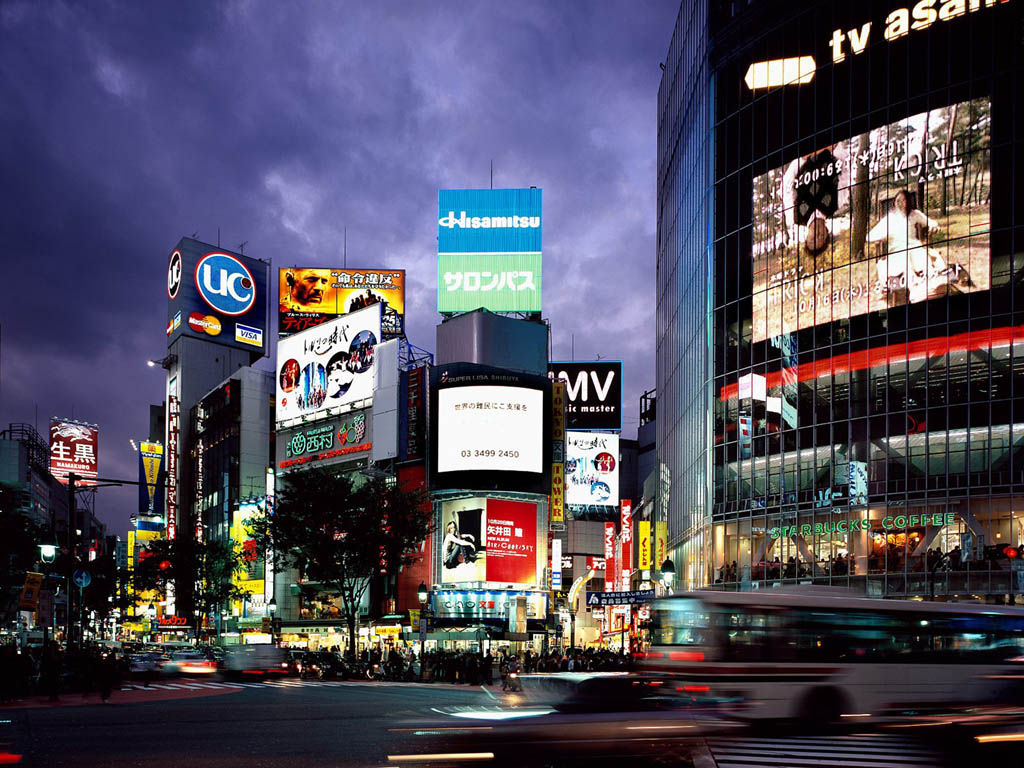Japan’s social and economic environment has changed markedly in the last 15 years or so, yet very little is known as to the impact on its urban planning and urban governance systems. How have Japanese cities addressed a slowing in Japan’s overall trends related to a slowing down of population growth and urbanization, stagnant economic growth, ageing of the population, and more foreign workers in the community? In the early part of this decade the Japanese central government – under former Prime Minister Koizumi – often urged a `new era of reform’ in public life, yet little is known about new approaches taking place at the urban level in Japan. The existing scholarly literature on changes in Japanese cities includes accounts of dramatic change in the `economic bubble’ period of the late 1980s, as well as the recession in the 1990s. This research projects updates our knowledge for the years following the turn of the new millennium and I hope this will prove useful in terms of comparative urban policy analysis. Funding has been provided by SSHRC, The Japan Foundation, and the UBC Hampton Grant Fund.
The project involved field surveys with planners and administrators in Japan’s major 15 cities conducted in 2004 to 2006. The interviews with planning staff were designed to investigate how the largest cities in Japan have tackled a range of contemporary issues. These include: a marked reduction in the tempo of the economy and urban tax base since 1990; the need to restructure the urban economy to focus on even higher levels of technology; the continuing shift of Japan’s factory production to mainland China; higher aspirations among local communities relating to the environment, welfare and quality of life; rapid aging of the population; and an increasingly more diverse local community due to higher levels of foreign workers in Japan.
An allied project took place in March 2007, comprising a two-day workshop in Vancouver funded by the Asia Pacific Foundation of Canada – with scholars and government policy makers from Japan. From this meeting came a collaboration of researchers and a special collection of articles in the journal Prometheus in 2008 dealing with the local economic implications of new approaches to science and technology and the role of cities and regions.
Research Reports:
D.W. Edgington (2008) “The Japanese Innovation System: University–Industry Linkages, Small Firms and Regional Technology Clusters”, Prometheus, 26, 11-20.
D.W. Edgington (2008) “Japanese Approaches to Technology Clusters: Implications for British Columbia”, Canada Asia Commentary Number 48, Vancouver, Asia Pacific Foundation of Canada, http://www.asiapacific.ca/analysis/pubs/listing.cfm?ID_Publication=664.
D.W. Edgington (2008) “The Kyoto Research Park and Innovation in Japanese Cities”, Urban Geography, 29, 411-454.
Conference Presentations:
D.W. Edgington (2006) “Gaijin’ are Residents Too: Multiculturalism and Cities in Japan”, American Association of Geographers Meeting, Chicago, March.
D.W. Edgington (2006) “Multicultural Planning in the Tokyo Metropolitan Area,” Japan Studies Association of Canada Meeting, Thompson Rivers University, October.
D.W. Edgington (2006) “Science and Innovation Programs in Japanese Cities: The Case of the Kyoto Research Park,” North American Regional Science Association Meeting, Toronto, November.
